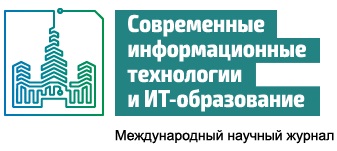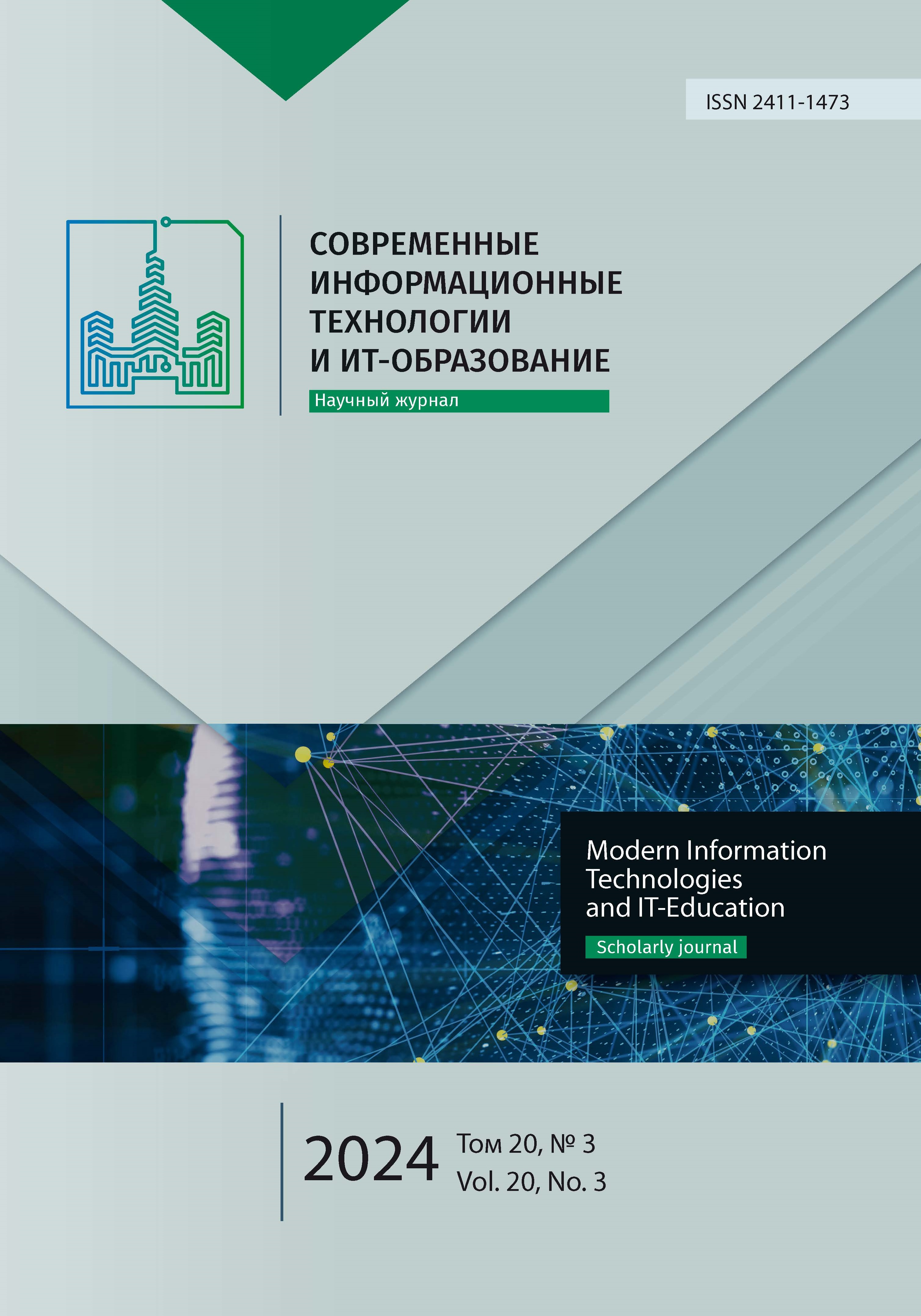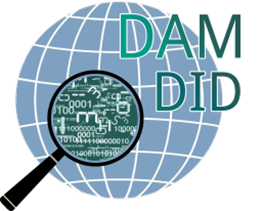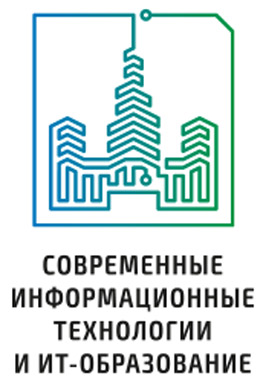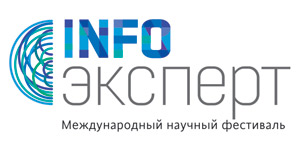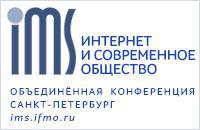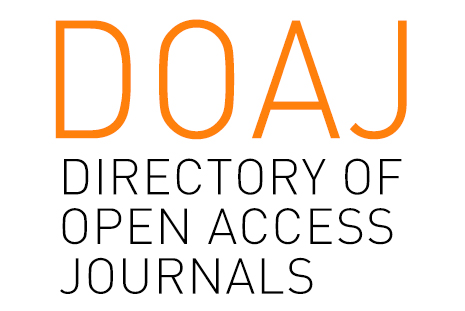Архитектура цифрового репозитория публикаций на платформе DSpace
Аннотация
В данной статье проводится анализ архитектуры DSpace - популярной открытой платформы управления цифровыми репозиториями. Рассматриваются особенности структуры, компонентов и преимущества данной архитектуры в контексте цифрового хранения и управления информацией.
Цифровые репозитории имеют высокую практическую значимость и актуальность в научном сообществе, обеспечивают доступ к научным данным, повышают удобство работы с информацией. Данные репозитории представляют собой системы для хранения, управления, поиска и распространения цифровых данных и документов, обеспечивают централизованное хранение информации, обеспечивая ее долгосрочную доступность и сохранность, охватывают широкий спектр данных - от научных статей и диссертаций, до архивных материалов и прочего. Они поддерживают стандарты метаданных, что облегчает поиск и организацию информации, а также способствует ее качественной аналитике.
Архитектура DSpace базируется на модульности и расширяемости, что позволяет адаптировать репозиторий под конкретные потребности организации, а также предоставляет разнообразные функциональные возможности для организации и управления цифровыми ресурсами, обеспечивает возможность добавления, редактирования и управления метаданными для цифровых объектов, предлагает функционал поиска и обнаружения цифровых ресурсов с помощью различных параметров поиска, фильтрации результатов и сортировки и многое другое. Глубокое изучение архитектуры цифровых репозиториев позволяет создавать эффективные, надежные и удобные инструменты для хранения и обмена информацией. Архитектура DSpace, включает в себя базу данных, бизнес-логику, интерфейсы пользователей, а также возможности для расширения функциональности. Исследование и понимание таких деталей позволяют разработчикам создавать инновационные и функциональные цифровые репозитории, удовлетворяя потребности пользователей и обеспечивая надежное хранение информации.

Это произведение доступно по лицензии Creative Commons «Attribution» («Атрибуция») 4.0 Всемирная.
Редакционная политика журнала основывается на традиционных этических принципах российской научной периодики и строится с учетом этических норм работы редакторов и издателей, закрепленных в Кодексе поведения и руководящих принципах наилучшей практики для редактора журнала (Code of Conduct and Best Practice Guidelines for Journal Editors) и Кодексе поведения для издателя журнала (Code of Conduct for Journal Publishers), разработанных Комитетом по публикационной этике - Committee on Publication Ethics (COPE). В процессе издательской деятельности редколлегия журнала руководствуется международными правилами охраны авторского права, нормами действующего законодательства РФ, международными издательскими стандартами и обязательной ссылке на первоисточник.
Журнал позволяет авторам сохранять авторское право без ограничений. Журнал позволяет авторам сохранить права на публикацию без ограничений.
Издательская политика в области авторского права и архивирования определяются «зеленым цветом» в базе данных SHERPA/RoMEO.
Все статьи распространяются на условиях лицензии Creative Commons «Attribution» («Атрибуция») 4.0 Всемирная, которая позволяет другим использовать, распространять, дополнять эту работу с обязательной ссылкой на оригинальную работу и публикацию в этом журналe.
